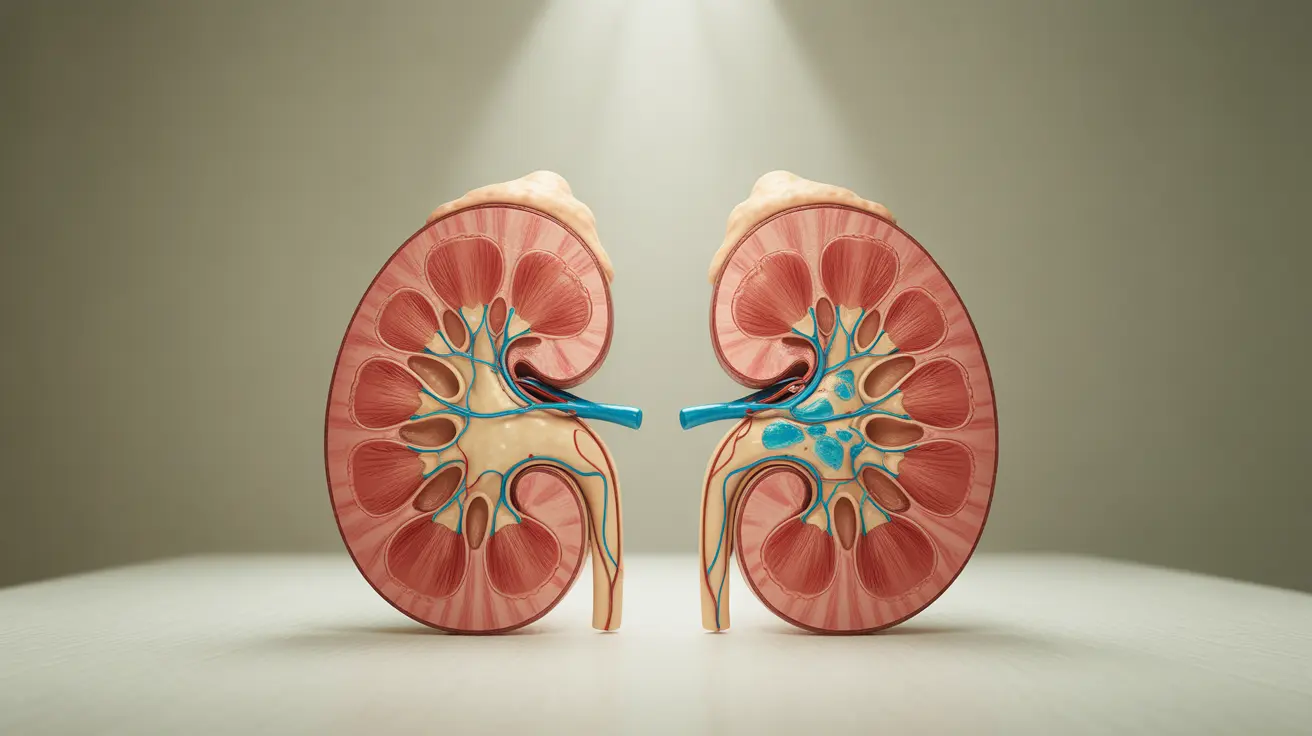Eye emergencies can happen unexpectedly and require immediate attention to prevent potential vision loss or permanent damage. Understanding how to identify and respond to these situations is crucial for protecting your eyesight and overall eye health.
This comprehensive guide will help you recognize common eye emergencies, learn appropriate first-aid responses, and understand when to seek immediate medical attention. We'll also cover essential prevention strategies to protect your eyes during daily activities.
Recognizing Eye Emergency Symptoms
Being able to identify an eye emergency quickly can make the difference between preserving and losing vision. Watch for these critical warning signs:
- Sudden vision loss or changes
- Severe eye pain
- Chemical exposure to the eye
- Visible foreign objects in the eye
- Bleeding from or around the eye
- Pupils of unequal size
- Difficulty moving the eye
- Severe light sensitivity
If you experience any of these symptoms, seek immediate medical attention. Don't wait to see if symptoms improve on their own, as delays could lead to permanent damage.
Chemical Exposure and Burns
Chemical exposure to the eye requires immediate action. Follow these critical steps:
- Immediately flush the eye with clean water for at least 15-20 minutes
- Keep the affected eye open while rinsing
- Allow water to flow from the inner corner to the outer corner
- Remove contact lenses if present
- Seek emergency medical care even after rinsing
Never attempt to neutralize a chemical with another substance, as this could cause additional damage.
Understanding Sudden Vision Loss
Sudden vision loss can occur for various reasons and should always be treated as an emergency. Common causes include:
- Retinal detachment
- Stroke or mini-stroke
- Severe eye infection
- Acute glaucoma
- Blood vessel blockage
Immediate medical attention is essential to diagnose the underlying cause and begin appropriate treatment to preserve vision.
Handling Foreign Objects
When dealing with foreign objects in the eye, follow these guidelines:
- Don't rub the affected eye
- Blink several times to see if tears will naturally flush out the object
- If visible, only remove loose objects that are on the surface
- For embedded objects, seek immediate medical attention
- Never attempt to remove metal shavings or deeply stuck objects
Prevention Strategies
Many eye emergencies can be prevented with proper safety measures:
- Wear appropriate protective eyewear during sports and hazardous activities
- Use safety glasses when working with chemicals or power tools
- Keep chemicals and cleaning supplies properly stored and labeled
- Maintain regular eye examinations
- Follow proper contact lens care procedures
Frequently Asked Questions
What are the symptoms of an eye emergency, and how do I know if I need immediate medical attention?
Seek immediate medical attention if you experience sudden vision loss, severe eye pain, chemical exposure, foreign objects in the eye, or eye trauma. Other warning signs include unusual discharge, extreme redness, or seeing flashes of light.
How do you treat a chemical burn to the eye, and what immediate steps should you take?
Immediately flush the affected eye with clean water for at least 15-20 minutes. Keep the eye open while rinsing, and let water flow from the inner to outer corner. Remove contact lenses if present, and seek emergency medical care regardless of how the eye feels after rinsing.
What are the common causes of sudden vision loss, and how can it be prevented?
Common causes include retinal detachment, stroke, acute glaucoma, and blood vessel blockage. Prevention includes regular eye exams, maintaining healthy blood pressure, and promptly addressing any unusual vision changes.
Is it safe to remove a foreign object from my eye myself, or should I see a doctor?
Only attempt to remove loose objects on the surface of the eye by blinking or using artificial tears. For embedded objects or if the object cannot be easily removed, seek immediate medical attention. Never attempt to remove metal fragments or deeply stuck objects.
What protective measures can I take to prevent eye emergencies during activities like sports or household chores?
Always wear appropriate protective eyewear during high-risk activities, including sports, working with power tools, or handling chemicals. Keep safety glasses readily available, ensure proper storage of hazardous materials, and maintain good eye care practices.




